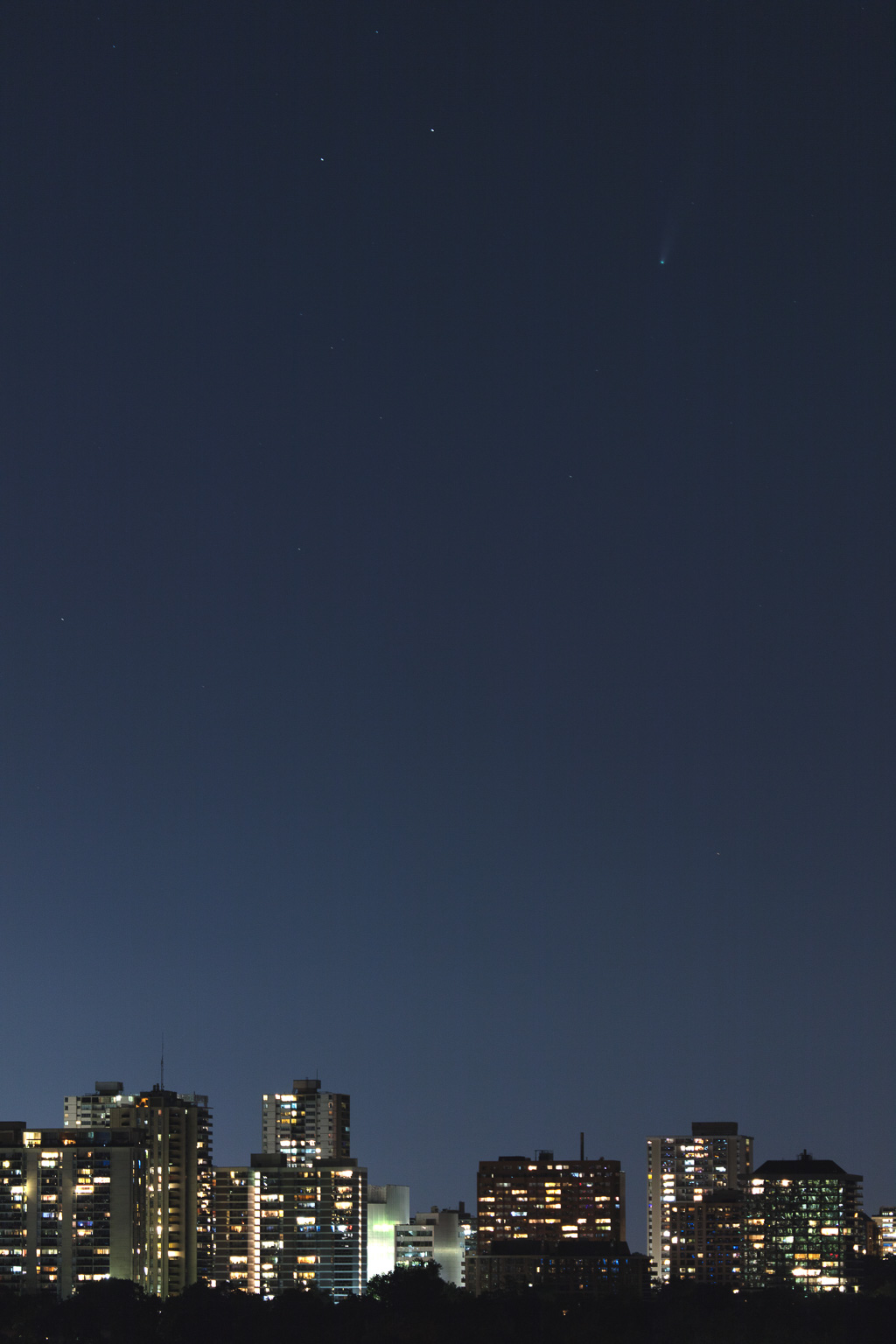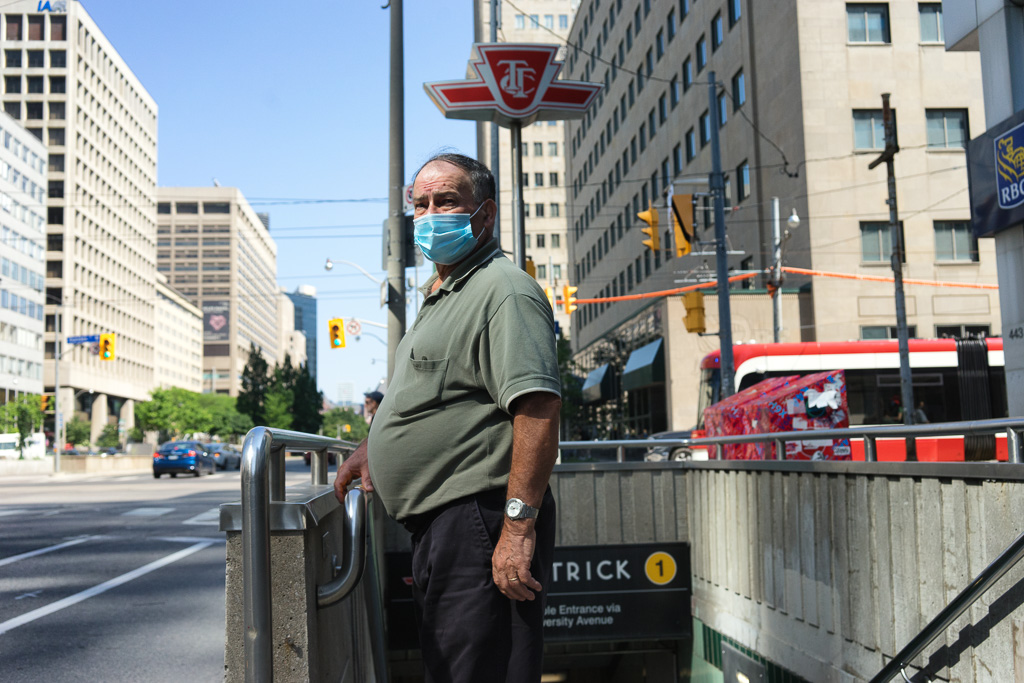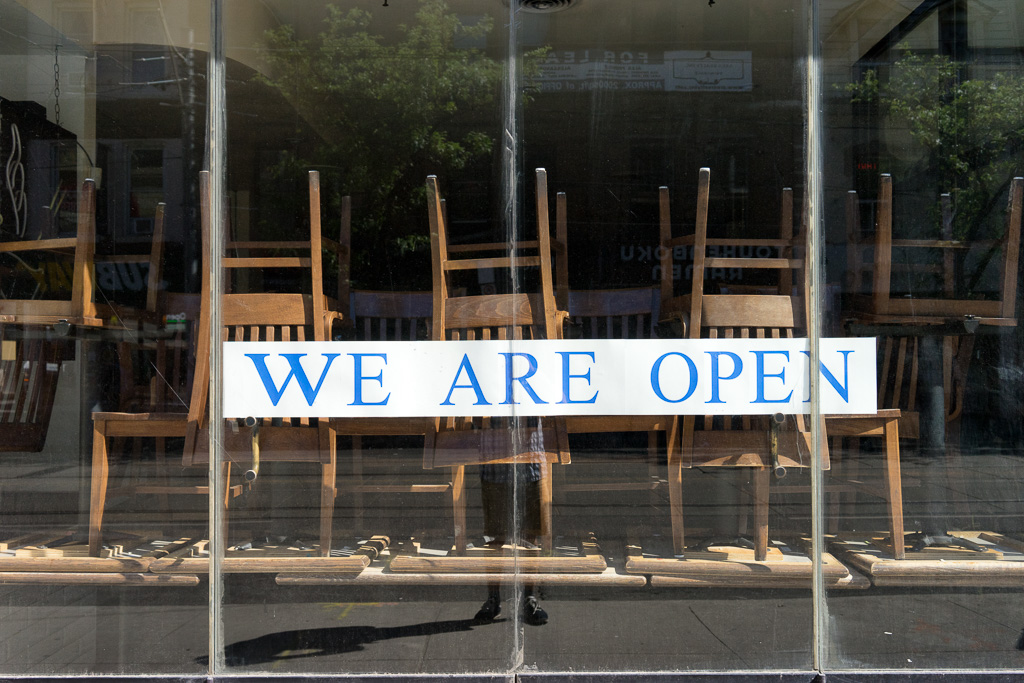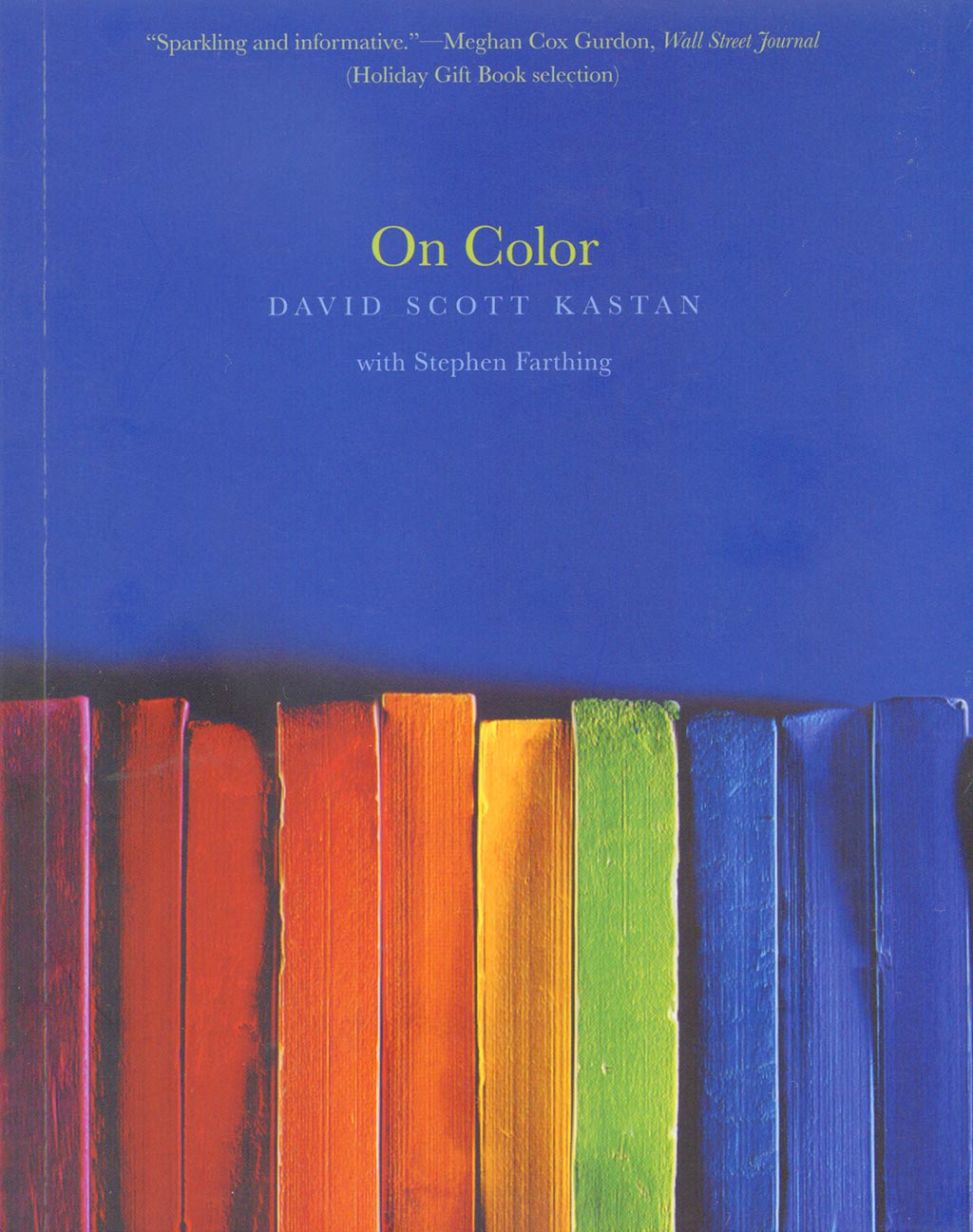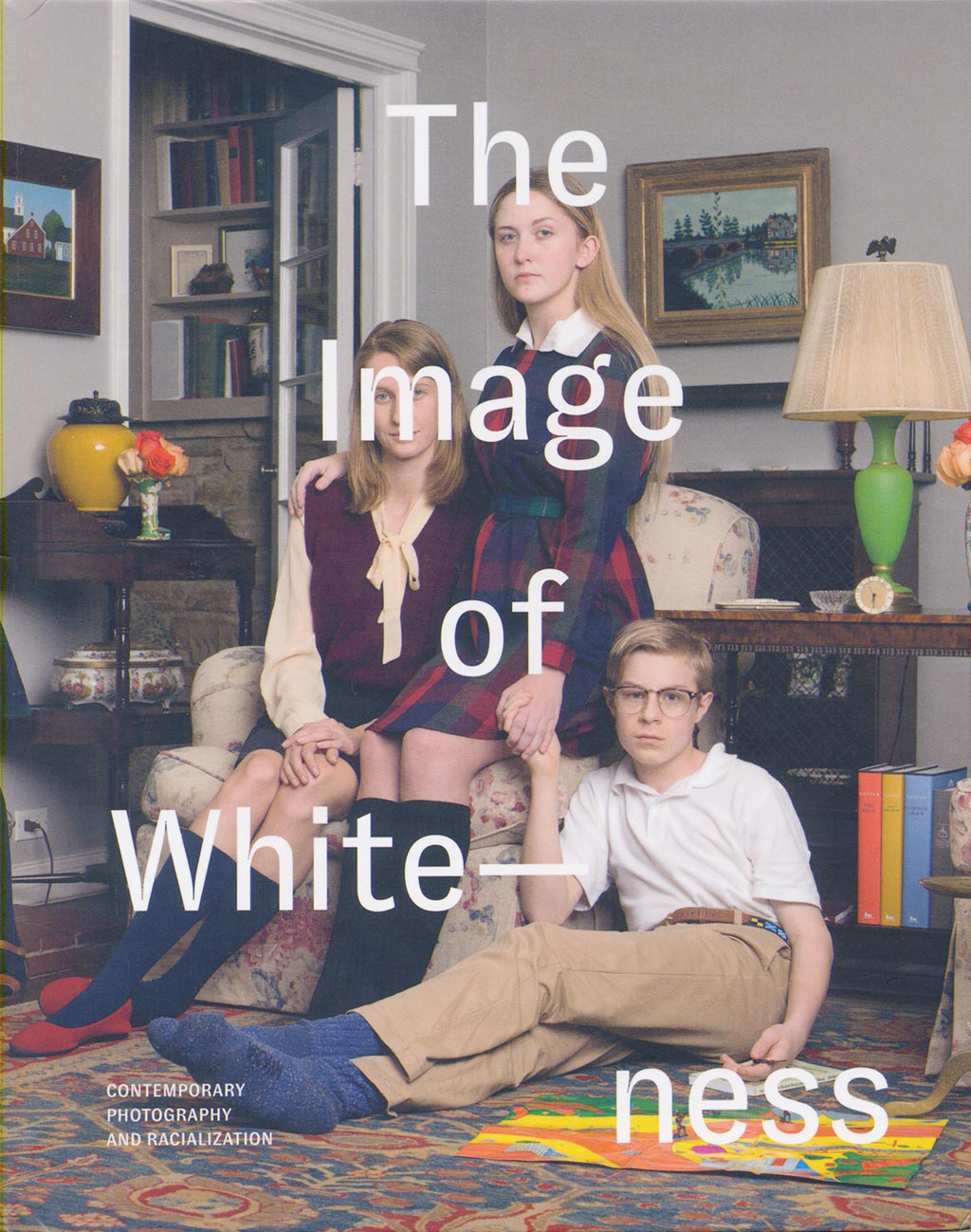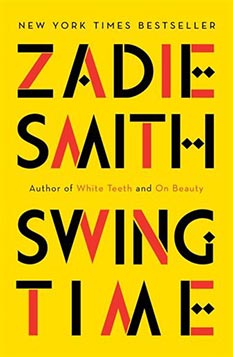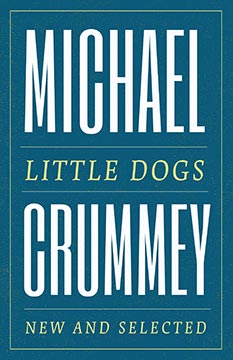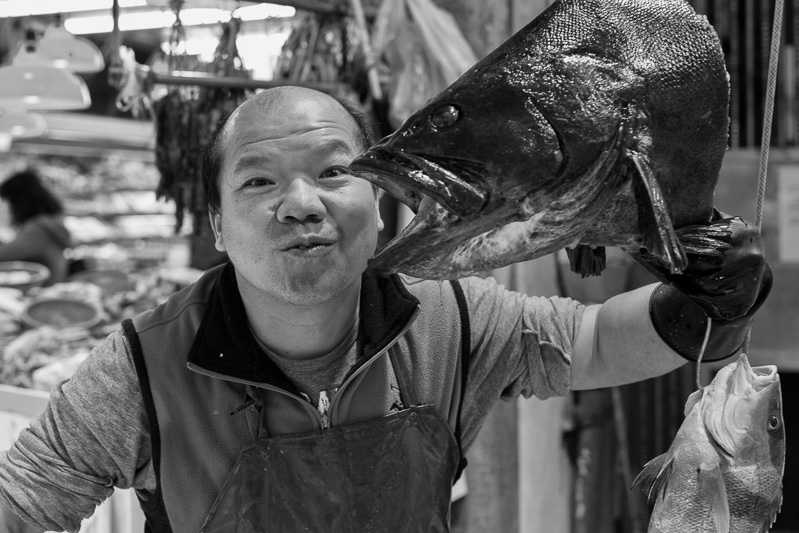It’s hard to say much with certainty about Shakespeare’s life at that point, but there is one fact we know with absolute certainty: in 1607, Shakespeare saw a comet. Everybody saw it and spoke about it. It was Halley’s Comet.
Category: Head
The category, Head, is for posts that make us think.
Covid-19: Before and After
My understanding is that Karens throughout the American South still assert the right to go maskless. Presumably street photography in places like Houston and Tallahassee has not yet assumed an after-time look. That might change once all the Karens have died…
A Letter to Harper’s Magazine
The requirement that you conform to white expectations as a prerequisite to conversation about racial injustice is itself an enactment of racial injustice.
Toronto G20 Summit Ten Years Later
Ten years ago to the day, I left the safety of Toronto’s suburbs and rode downtown to poke around the billion dollar militarized zone that former PM Stephen Harper authorized to secure the 2010 G20 summit.
On Color, by David Scott Kastan with Stephen Farthing
On Color is organized into 10 chapters—one chapter for each colour of the rainbow (arbitrarily set at seven by Sir Isaac Newton) plus a chapter each for black, white, and grey. Each chapter engages us in a wide-ranging, often erudite, and largely aleatory meditation. It is the work of a mind at play.
The Image of Whiteness, ed. by Daniel C. Blight
The task before me—a task which Daniel Blight sets not only for photographers and artists, but for light-skinned people generally—is to decolonize my seeing.
Swing Time, by Zadie Smith
The title shares its name with a 1936 musical featuring Fred Astaire and Ginger Rogers. One of the numbers is a Jerome Kern tune “Bojangles of Harlem” in which Astaire appears in blackface.
Migraine Headaches and Transient Aphasia
On two occasions, as I feel the aura coming on, I’ve sat down with pen and paper to document my impressions. I’ve reproduced those episodes below, preserving the spelling exactly as I recorded it. They illustrate the progression from coherence to incoherence.
Nature Photography: The New Normal
There is a sense in which virtually every animal on the planet is domesticated. The cage bars aren’t obvious, but all animals roam inside the confines of a giant zoo and we are their mostly negligent zookeepers.
The Innocents, by Michael Crummey
Through The Innocents, Michael Crummey creates a microcosm in which the triangle of isolation, innocence and ignorance can be spun out as an allegory which speaks to us precisely in the here and now. He wrote it before Covid-19 so he could not have anticipated its salience to our current situation.
Little Dogs, by Michael Crummey
In these times (not of Covid-19 but of a rising secularism), poetry is the last toehold of spiritual writing. Not that there’s anything explicitly spiritual in Crummey’s writing. But it’s spiritual insofar as it concerns dreams, memory, fathers, the dead, and frail loves.
Station Eleven, Emily St. John Mandel
The latest instalment in my pandemic reading list speaks to all arts organization who find themselves in a state of limbo: Station Eleven, by Emily St. John Mandel.
A Journal of the Plague Year, by Daniel Defoe
Already, we engage in public conversations about returning to normal life. More than 350 years ago, the people of London learned a hard lesson which screams to us down the centuries: do not do this!
Moon of the Crusted Snow, by Waubgeshig Rice
Moon of the Crusted Snow, by Waubgeshig Rice (ECW press) came to my attention with the life-imitates-art story on the CBC of a Quebec couple who drove to Whitehorse then flew from there to Old Crow, the Yukon’s northernmost community.
Chinese Wet Markets
The more someone like Trump points at China and Wuhan and wet markets, the more inclined I am to suspect that he’s trying to play us. It’s more of the same: sow confusion, ratchet public discourse into screaming matches, distract us from his acts of personal enrichment.
